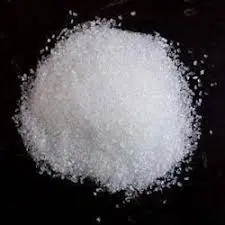Sodium Bicarbonate (Technical) - India
|
IUPAC Name |
: Sodium Hydrogen Carbonate |
|
Cas Number |
: 144-55-8 |
|
HS Code |
: 2836.30.00 |
|
Formula |
: NaHCO3 |
Basic Info
|
Appearance Name |
: White Powder |
|
Common Names |
: Baking Soda, Sodium Acid Carbonate |
|
Packaging |
: 25 Kg Bag |





---bangladesh.webp)
 English
English
 Indonesian
Indonesian
 简体字
简体字
 العربية
العربية
 Español
Español
 Français
Français
 Português
Português
 日本語
日本語
 한국어
한국어
 Tiếng Việt
Tiếng Việt
